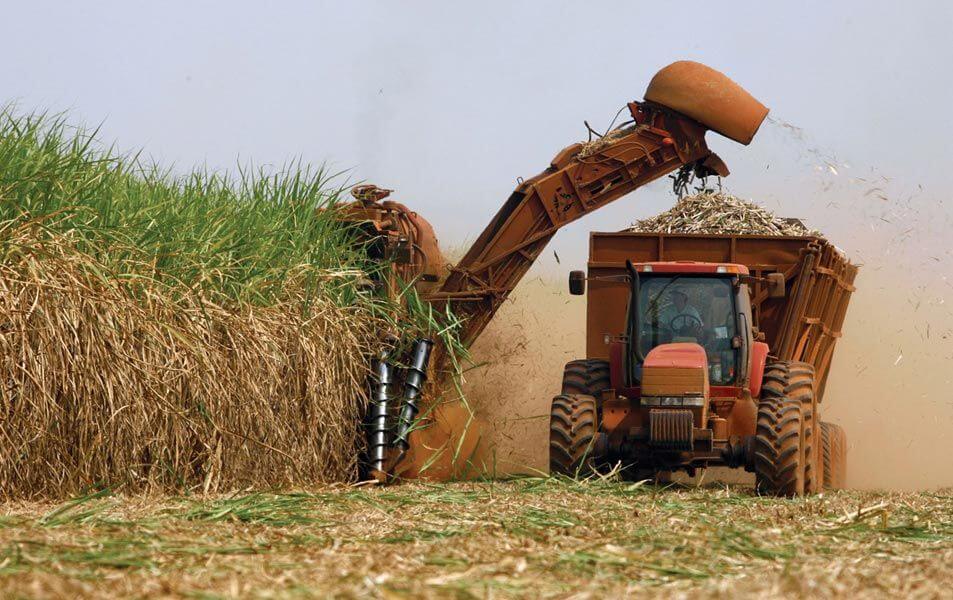High bank charges choke sugar industry
HIGH interest rates charged by local banks on loans inhibit the competitiveness of the sugar industry value chain players, a report by National Competitiveness Commission (NCC) says.
NCC’s sugar value chain competitiveness report launched in Harare on Thursday, has since recommended measures to bolster competitiveness of the strategically key sector.
Collaborative input from the Government, outgrower farmers, farmers –cum millers, service providers, and suppliers of inputs, has been cited as key to address the challenges.
According to the report, bank interest rates in Zimbabwe range between 40 and 60 percent and this is exacerbated by the fact that they are short-term loans.
Survey findings established that loans in regional countries were generally long-term while interest ranged between 3, 4 percent and 13, 25 percent per annum.
Notably, lending rates in South Africa are the lowest at 3,24 percent followed by Eswatini at 5,49 percent and Zambia where money cost 8,5 percent per annum.
Consequently, sugar pricing in the region is noticeably better than Zimbabwe’s, rendering the country uncompetitive when it comes to the pricing of the product.
Unsurprisingly, in terms of sugar prices, the aforementioned regional countries are regarded as three times more competitive when compared to Zimbabwe.
In April 2021, the Zimbabwe Government declared sugar as a strategic crop, a development that dovetails into aspirations of Vision 2030, by which time the country should be an upper middle income economy.
The report revealed that the intermittent supply of electricity had led players in the sugar manufacturing chain to rely on expensive substitute energy sources like generators.
This was found to be fraught with endless challenges like high maintenance costs coupled with expensive fuel to power generators compared to the regional average.
According to the research findings, Zimbabwe’s fuel prices are pegged around $1,30 per litre compared to the regional average where the commodity costs around US$0,70 per litre.
On a positive note, land designated for sugarcane in Zimbabwe has been growing steadily from 43 128 in 2015 to 46 000 hectares designated for the crop in 2021.
The period between 2015 and 2021 however saw notable dips in hectares under the crop after it plummeted to 36 078 ha and 40 251 ha in 2019 and 2020, respectively.
Notably, private farmers’ (out growers) hectarage has been on the rise since 2017, gradually growing to 20 420 in the 2021 season (44 percent of total land put under sugarcane) from 16 972 hectares recorded in 2015.
Private farmers’ land under sugarcane crop even reached a peak of 21 061 in 2018.
On part of the millers cum farmers, triangle had 12 420 hectarage under the crop which was the largest hectarage in the 2021 season followed by Hippo Valley’s 11 500 hectares and Mwenezana’s 1 840 hectares, and their combined hectarage translates to 56 percent, of the total land put under sugar in 2021.
While presenting the findings, NCC chief economist (Domestic Competitiveness) Dumisani Sibanda said Zimbabwe’s sugar sector had immense potential to contribute to the country’s economy if relevant authorities could put their heads together and counter barriers being encountered in the sector.
“The trade statistics indicate that if sugar productivity challenges are addressed, there is potential forthe country to export more, as locally produced sugar becomes more competitive. Complementary effort from all relevant stakeholders including the Government, outgrower farmers, farmers –cum, millers, service providers and suppliers of inputs, is key in ensuring that binding constraints in the sugar industry sector,” said Mr Sibanda.
According to NCC’s survey, 65 percent of the sugar produced in Zimbabwe goes to the domestic market while the balance is exported into the region, USA, and the European Union as raw sugar.
Mr Sibanda said sugar exports had been on the rise despite falling sugarcane yield, which could be bettered if conditions on the ground improved through stakeholders’ engagement.
“I would like to highlight that exports value as of 2018 -19 marketing year amounted to about US$62,8 million translating to 0,37 percent of the GDP. Ironically, despite the falling sugarcane yield, Zimbabwe’s sugar exports have been on an upward trend increasing by about 30 percent from US$58,1 million in 2016 to US$75,5 million in 2020,” he said.
According to the Reserve Bank of Zimbabwe (RBZ), Zimbabwe Sugar Sales Company exported US$10, 2 million worth of raw sugar between January to July 2021. NCC said macroeconomic stability was a prerequisite for the sector’s growth and urged the Government to immediately address the issue of high operating costs.-The Herald









